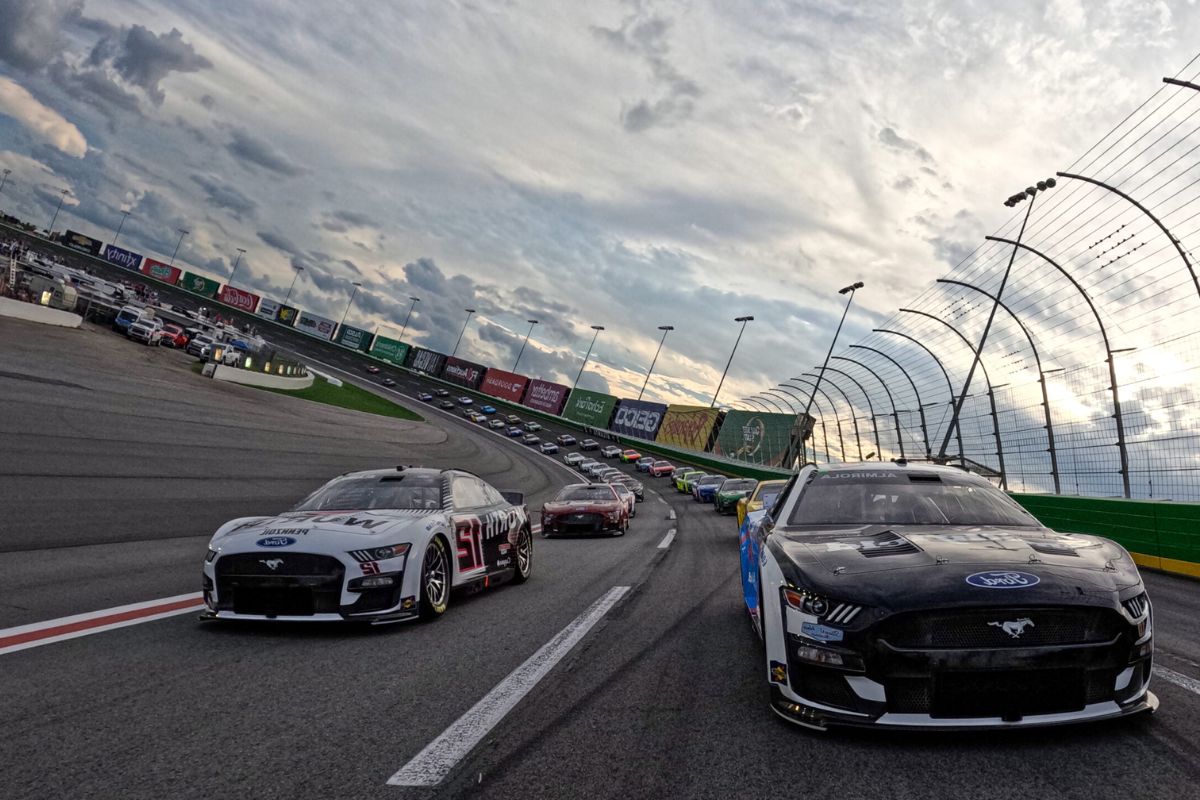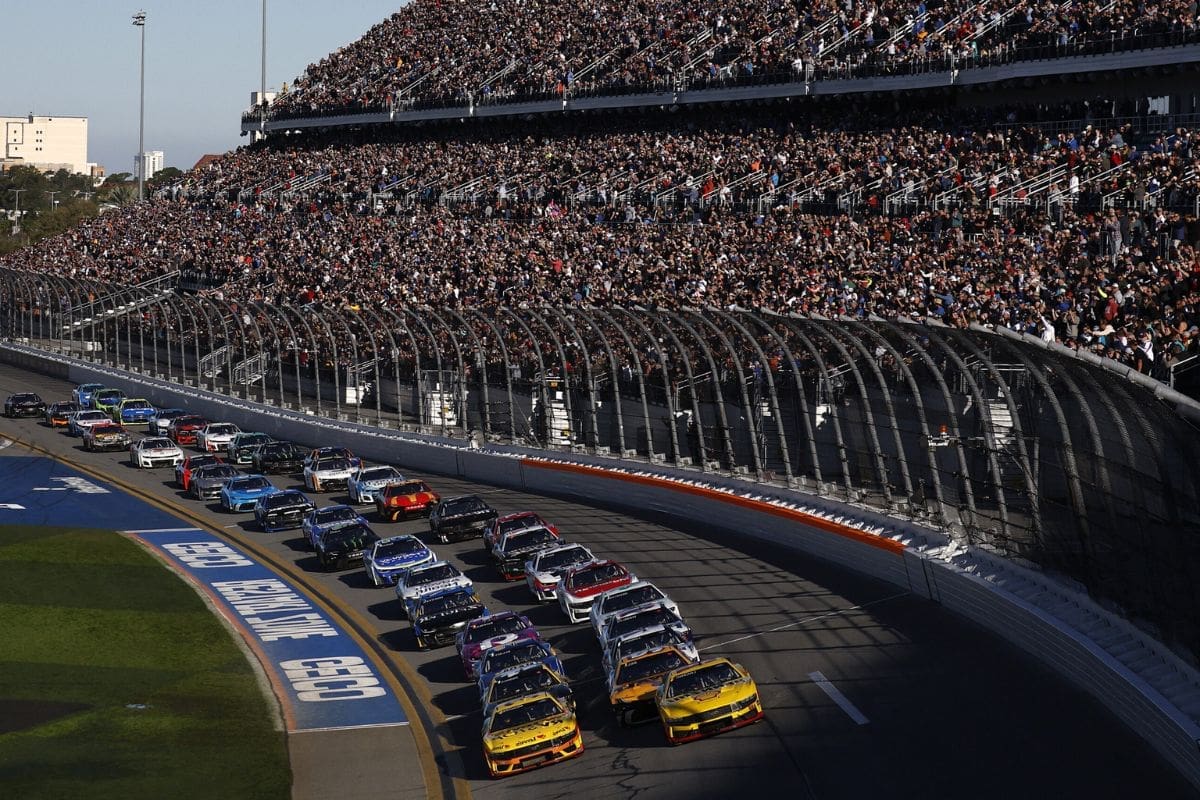Daytona 500 Fuel-Saving Tactics: NASCAR has set its sights on investigating the fuel-saving tactics employed during the Daytona 500, raising questions about the strategies utilized in this high-stakes race.
The art of conserving fuel in the fast-paced world of superspeedway racing presents a unique challenge, one that might have far-reaching implications for the sport.
As NASCAR dives deeper into the intricacies of fuel management at Daytona, it prompts a closer look at the delicate balance between speed and conservation on the track, leaving fans and experts alike pondering the potential impact of these investigations on the future of NASCAR competition.
NASCAR to Investigate Fuel-Saving Strategies at Daytona 500
NASCAR is launching an investigation into the fuel-saving strategies employed by Cup teams during the recent Daytona 500, aiming to uncover the impact of these tactics on the race dynamics. The race saw drivers opting for a cautious approach, running at significantly reduced speeds to conserve fuel for crucial moments. Elton Sawyer, NASCAR’s Senior Vice President of Competition, voiced the organization’s commitment to promoting full-throttle racing throughout the entirety of the event. Acknowledging the prevalence of fuel-saving tactics in Daytona, Sawyer expressed the need to delve deeper into the strategies utilized and their implications on the overall competition.
The investigation aims to shed light on how these fuel-saving strategies influenced the race dynamics, including overtaking opportunities, drafting patterns, and overall excitement for both drivers and fans. By scrutinizing the impact of such tactics, NASCAR seeks to ensure that future races maintain a balance between strategic fuel management and the adrenaline-fueled action that fans expect from premier events like the Daytona 500.

Fuel Saving in Superspeedway Racing
Fuel conservation in superspeedway racing plays a pivotal role in determining strategic advantages and race outcomes by minimizing time spent refueling on pit road. In the high-speed environment of superspeedway tracks, where races often exceed a car’s fuel capacity, drivers strategically adjust their speed to conserve fuel and gain an edge during pit stops.
By running at slightly slower speeds, competitors aim to stretch their fuel reserves, potentially avoiding an extra pit stop and saving crucial time on track. This fuel-saving tactic becomes particularly crucial as the race progresses, with every second saved in the pits potentially translating to positions gained on the track.
The impact of fuel-saving strategies on pit stop times has prompted discussions around potential modifications to fuel flow dynamics during refueling to ensure fairness and competitiveness among teams. As teams continue to refine their fuel-saving techniques, the balance between speed on track and efficiency in pit strategy remains a key focus in superspeedway racing.
Challenges and Considerations for NASCAR
In navigating the intricacies of modern race strategy, NASCAR encounters a multitude of challenges and considerations that shape the competitive landscape of superspeedway racing. Potential modifications to fuel flow rates during pit stops present a significant challenge, as faster fuel flow could disrupt the balance between fueling and tire changes, potentially leading to an increase in loose wheels—a scenario necessitating careful evaluation by NASCAR.
The proficiency of teams in strategic planning further complicates matters, with decades of honed skills contributing to the prevalence of fuel-saving tactics in events like the Daytona 500. Over its 76-year history, NASCAR has witnessed an evolution towards minimizing pit stop durations, emphasizing the importance of efficient strategies in superspeedway racing.
As NASCAR dives into investigating fuel-saving dynamics, the sport must navigate these challenges while balancing the need for innovation with the preservation of competitive integrity, ensuring that race strategies remain a dynamic and engaging aspect of NASCAR’s racing landscape.

